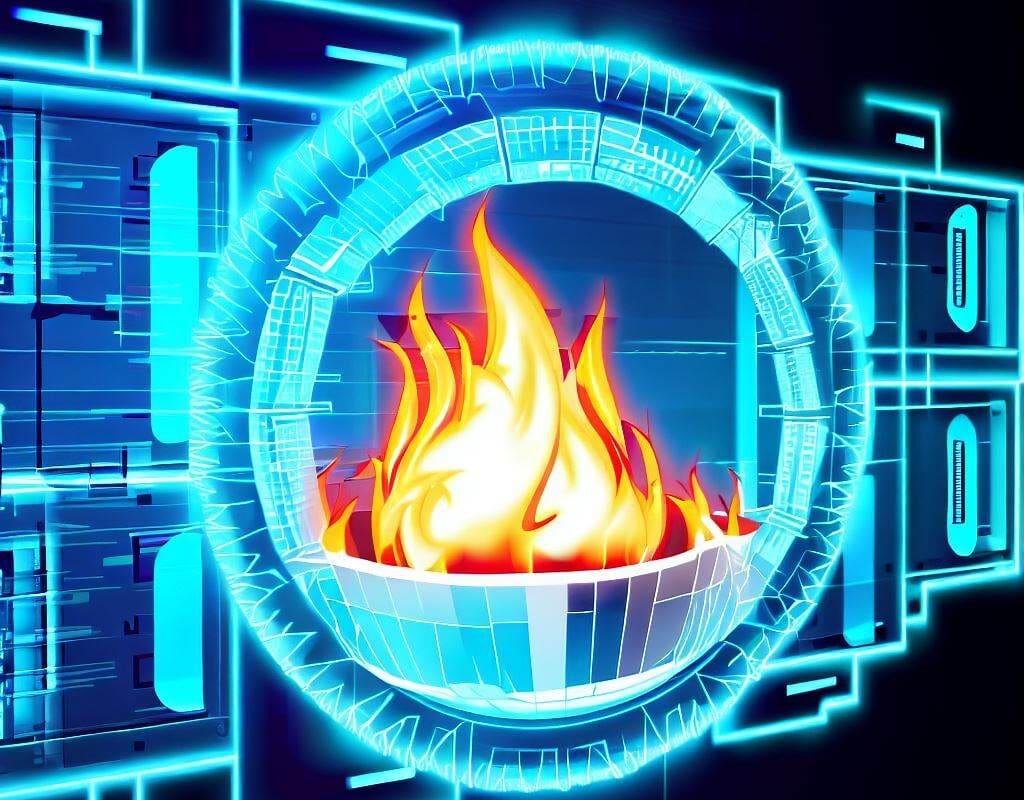Change is constant in the world of IT. Whether it’s software updates, hardware replacements, or system configurations, managing changes effectively is crucial. Discover how Change Control impacts your IT. Avoid downtime, security risks, and budget overruns. . In this blog post, we’ll explore the far-reaching consequences of not having a robust change control process in place.
**1. Increased Downtime:
Without proper change control, implementing updates or changes can result in unexpected downtime. This disrupts business operations and can lead to revenue losses.
**2. Unforeseen Compatibility Issues:
Changes made without a comprehensive understanding of existing systems can result in compatibility issues. These issues can take time to diagnose and resolve.
**3. Security Risks:
Implementing changes without considering security implications can leave your systems vulnerable to cyber threats. Change control helps ensure that security measures are not compromised.
**4. Reduced Productivity:
Unplanned changes can confuse employees and disrupt workflows. This reduces overall productivity and can lead to frustration among staff.
**5. Compliance Challenges:
Many industries have specific compliance requirements. Insufficient change control can result in non-compliance, potentially leading to legal and financial consequences.
**6. Data Loss:
Changes made without proper backups or safeguards can result in data loss. This can have serious implications for business continuity.
**7. Budget Overruns:
Uncontrolled changes can lead to unexpected costs, including emergency support and remediation. This can strain your IT budget.
**8. Loss of Customer Trust:
Repeated disruptions due to uncontrolled changes can erode customer trust and confidence in your business.
**9. Inefficient Resource Allocation:
Without a structured change control process, resources are allocated reactively rather than proactively, leading to inefficiencies.
**10. Long-Term Strategic Impact:
Uncontrolled changes can hinder your ability to implement long-term strategic initiatives, potentially impacting your business’s competitiveness.
Conclusion: The Power of Change Control
Change is a constant in IT, but it doesn’t have to be chaotic. Implementing a robust change control process is essential for minimizing disruptions, ensuring security, and maintaining the stability of your IT and business operations. It’s an investment in the future success and resilience of your organization.
Call to Action:
Discover how Change Control impacts your IT. Avoid downtime, security risks, and budget overruns. Contact Raptor IT Solutions at (469)589-4008 for expert guidance on implementing effective change control strategies tailored to your business needs.










